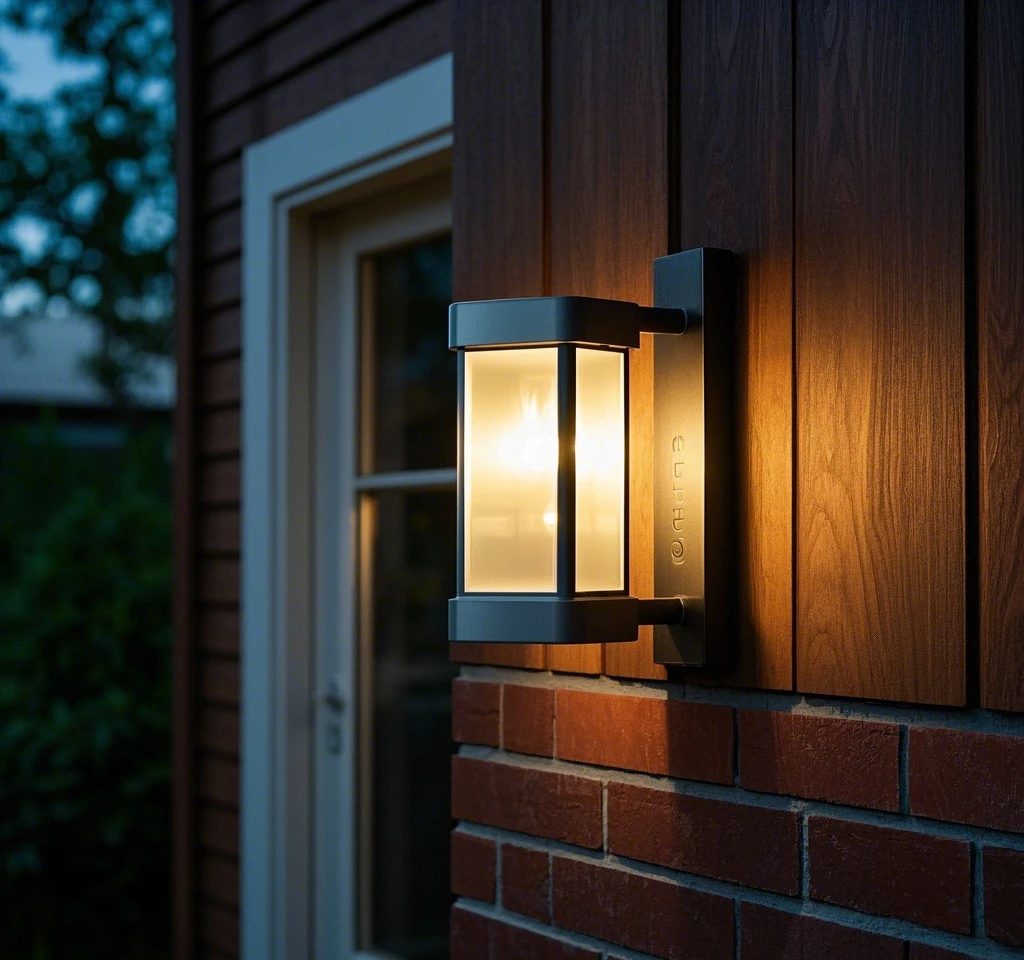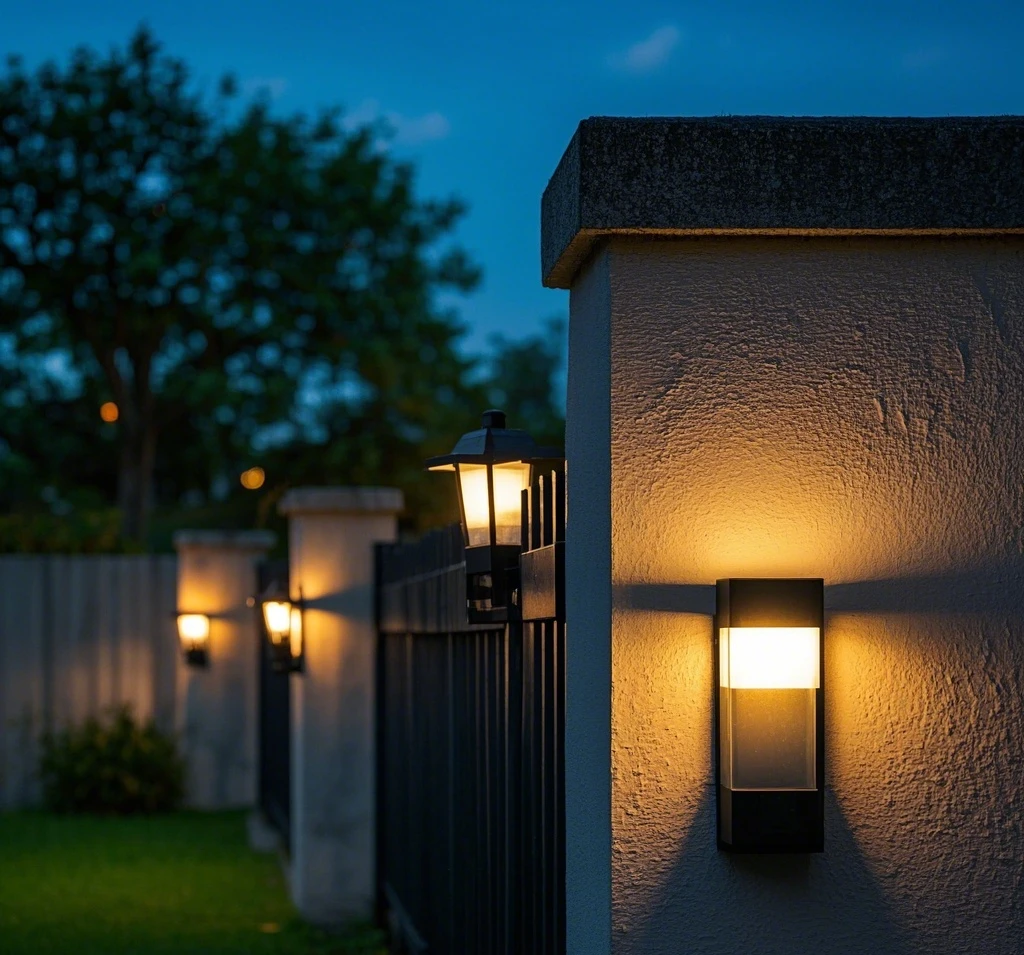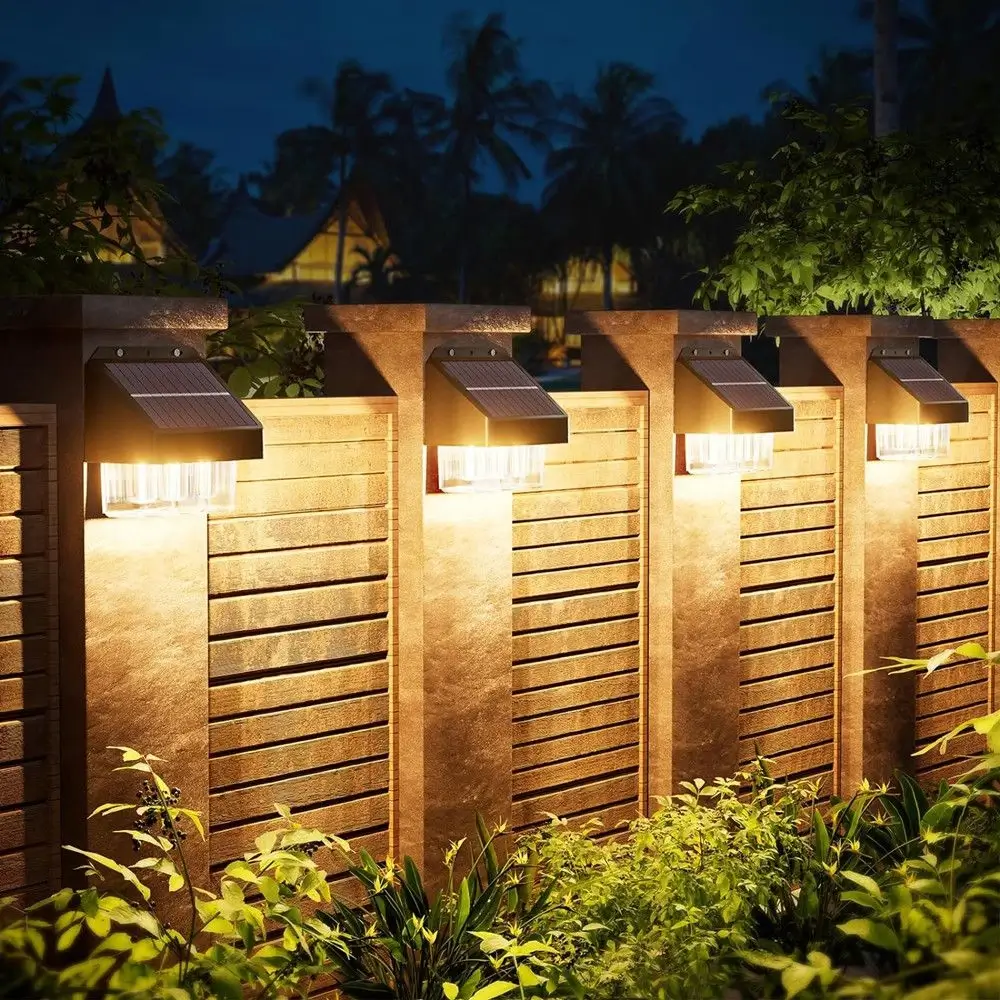Solar lights have emerged as a favored choice for outdoor illumination due to their eco-friendly and energy-saving attributes. Selecting the appropriate wattage is critical, as it directly impacts both the lighting performance and long-term usability. The ideal wattage for doorstep solar lights hinges on factors such as intended use, coverage area, and environmental conditions. This article provides an in-depth guide to determining the right wattage, enriched with detailed insights on installation and maintenance, offering readers a thorough resource to make informed decisions.

Five Key Factors in Selecting Solar Light Wattage for Your Doorstep
1. Purpose and Lighting Requirements
The purpose of your solar light dictates its power needs, with different applications requiring distinct brightness levels and coverage:
- Decorative Lighting: Aimed at enhancing aesthetics, such as accentuating garden edges or porches, 1-5 watts suffice to create a gentle ambiance and highlight features.
- Pathway Lighting: Designed for safe navigation along walkways, 5-15 watts ensure clear visibility over a 2-3 meter range, ideal for narrow paths.
- Entrance Lighting: Illuminating porches or doorways for both practicality and appeal, 10-30 watts adapt to the size of the area—lower for small spaces, higher for larger ones.
- Security Lighting: Focused on surveillance or deterrence across driveways or yards, 30-100 watts or more deliver intense brightness for expansive, high-visibility zones.
The U.S. Department of Energy’s 2023 report emphasizes aligning wattage with functional goals to avoid energy waste or inadequate illumination.
2. Size and Layout of the Lighting Area
The dimensions of the area to be lit play a pivotal role in wattage selection. Here’s a breakdown by scale:
- Small Areas: Porches, small gardens, or single pathways require 5-15 watts for uniform light without glare.
- Medium Areas: Driveways, moderate yards, or patios benefit from 15-30 watts, covering 5-10 meters effectively.
- Large Areas: Spacious front yards, backyards, or parking zones demand 30 watts or higher, with 50-100 watts recommended for areas exceeding 15 meters.
According to the Home Energy Efficiency Handbook (2022), calculating 0.5-1 watt per square meter ensures balanced illumination tailored to the space.

3. Efficiency and Technology of the Fixture
The efficiency of a solar light, measured in lumens per watt, influences its brightness output:
- High-Efficiency Fixtures: Brands like Bitpott, with advanced LED chips yielding 80-100 lumens per watt, achieve strong illumination at lower wattages (e.g., 10 watts matching a traditional 20-watt output), ideal for energy-conscious users.
- Standard-Efficiency Fixtures: Producing 50-70 lumens per watt, these require higher wattages (20-40 watts) for equivalent brightness, suiting cost-sensitive buyers with larger areas.
Research from the National Renewable Energy Laboratory (NREL) in 2023 indicates high-efficiency fixtures can cut power needs by 20%, enhancing battery longevity.
4. Environmental and Geographic Conditions
Local climate and sunlight availability shape solar light performance:
- Sun-Rich Regions: Areas like the U.S. Southwest, with 6-8 hours of daily sunlight, perform well with 5-20 watts and moderate battery capacity.
- Sun-Scarce Regions: Northeast or cloudy zones with under 4 hours of sunlight favor 20-50 watts paired with larger batteries (e.g., 2000mAh+).
- Extreme Weather Areas: Coastal salty air or snowy climates require IP65+ waterproof ratings and cold-resistant batteries for reliability.
Data from the National Oceanic and Atmospheric Administration (NOAA) shows sunlight duration correlates with charging efficiency, urging users to consult regional solar maps.
5. Operating Duration and Usage Patterns
Usage mode affects wattage decisions:
- All-Night Lighting: Sustained 8-12-hour operation demands 15-30 watts with 3000mAh batteries for consistent output.
- Motion-Sensor Lighting: Activated only by movement, 30-50 watts provide brief, intense light, conserving energy.
- Timed Lighting: Set for specific hours (e.g., dusk to midnight), 10-20 watts with smart timers suffice, minimizing waste.
The Energy Star Guidelines (2023) note that sensor-based lights save 40% more energy, perfect for doorstep security.
Installation and Maintenance: Ensuring Optimal Performance
Installation Tips: Positioning for Maximum Efficiency
Proper placement is essential for solar light effectiveness:
- Direct Sunlight: Install in unshaded spots, away from trees or overhangs, to maximize panel exposure.
- Optimal Orientation: In the U.S., angle panels south at 15-30 degrees for peak sunlight capture, as a 20% efficiency drop occurs with misalignment, per NOAA findings.
- Height and Spacing: Mount doorstep lights at 1.5-2 meters, spacing pathway lights 2-3 meters apart to avoid overlap or dark spots.
The American Institute of Architects (AIA) 2022 report suggests optimized positioning boosts performance by 30%.
Maintenance Practices: Prolonging Lifespan
Routine care sustains solar light functionality:
- Panel Cleaning: Wipe panels every 3-6 months with a damp cloth to remove dust or debris, countering a 15-25% efficiency loss, per NREL tests.
- Battery Management: Inspect and replace batteries every 2-3 years if voltage dips below 80% of capacity; premium lithium batteries last up to 5 years.
- Structural Checks: Post-rainy or winter seasons, verify connections and frame integrity, ensuring waterproof seals remain intact.
- Winter Care: In cold climates, use anti-freeze sleeves or store indoors temporarily to prevent battery damage.
The Annual Home Energy Maintenance Guide (2023) states regular upkeep extends solar light lifespans to 8-10 years.
Practical Examples of Wattage Selection
- Small Porch (2×2 meters): 5-10 watts, 2000mAh battery—ideal for decor and basic light in sunny regions.
- Medium Driveway (5×3 meters): 20-30 watts, 3000mAh battery—suitable for path and security needs in cloudy areas.
- Large Front Yard (10×10 meters): 50 watts, 5000mAh battery—covers wide spaces for safety and landscaping.
The U.S. Energy Information Administration (EIA) 2023 data shows proper wattage cuts energy waste by 30%, boosting ROI.
Conclusion
Choosing the right wattage for doorstep solar lights involves balancing purpose, area size, fixture efficiency, environmental factors, and usage patterns. For most homes, 5-30 watts with high-efficiency LEDs and robust batteries meet diverse needs. Quality options like Bitpott, paired with strategic installation and maintenance, maximize performance and durability. This approach not only ensures ample illumination but also delivers environmental and economic benefits, making solar lights a cornerstone of modern outdoor solutions.
References
- U.S. Department of Energy, 2023 Outdoor Lighting Report.
- National Renewable Energy Laboratory, Solar Efficiency Study (2023).
- U.S. Energy Information Administration, Residential Energy Trends (2023).
- National Oceanic and Atmospheric Administration, Solar Exposure Data (2022).
- Energy Star, Lighting Efficiency Guidelines (2023).

Comments